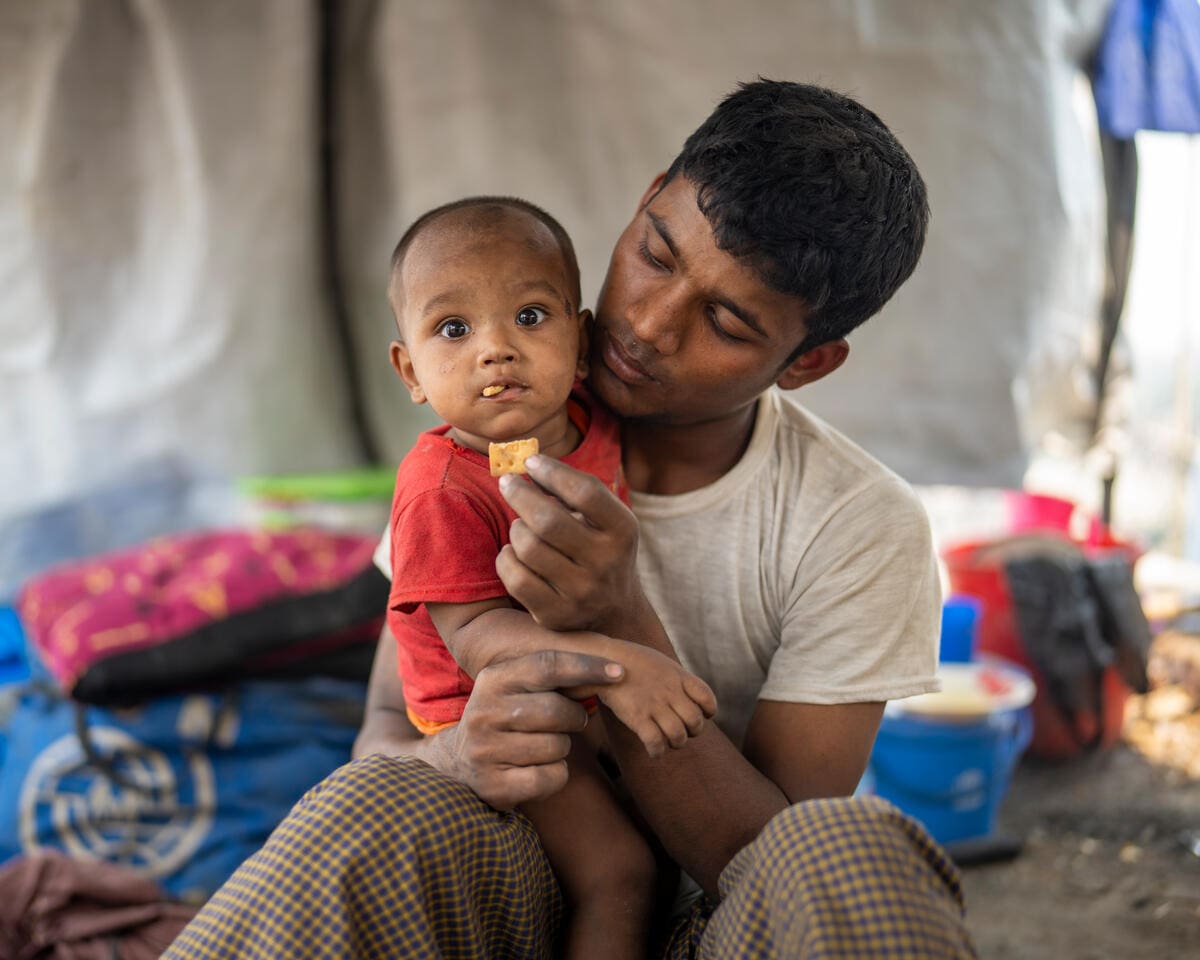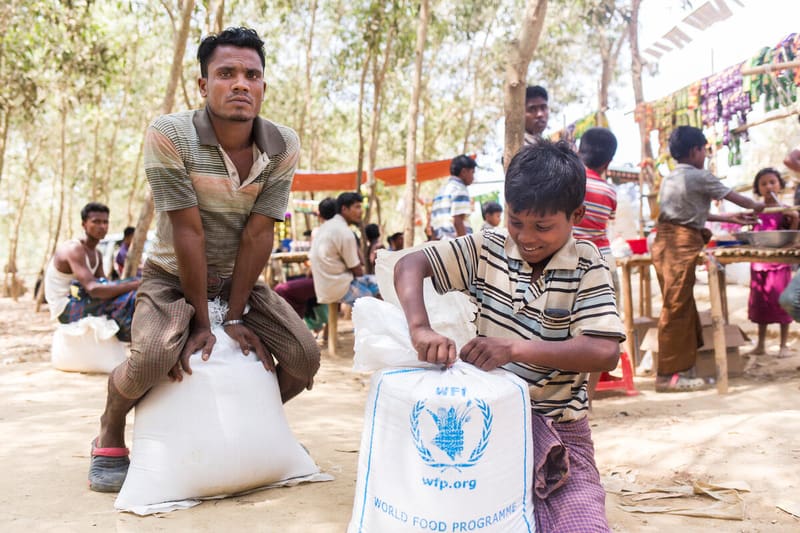
Myanmar
A majority of its people struggle with physical, social and economic access to sufficient, safe and nutritious food. Conflict and political crises continue to hinder progress towards ending hunger.
Conflict & Political crisis
Myanmar is the second largest country in Southeast Asia. The nation’s economy is one of the least developed in the world. A majority of its people struggle with physical, social and economic access to sufficient, safe and nutritious food.
Conflict and political crises continue to hinder progress towards ending hunger. One in four people (over 13 million) are facing severe hunger and over 1 million people have been displaced from their homes.
Since the military takeover in February 2021, hunger levels in Myanmar have risen sharply, driven by the ongoing political crisis, poverty, displacement and the economic fallout from COVID-19. About 360,000 people in conflict-affected areas in border regions, whose needs predate 2021, remain dependent on WFP to meet their basic food needs.

WFP’s Work In Myanmar
WFP implemented its first operation in Myanmar in 1978 in the northern Rakhine State and established its office in 1994. Today, 80 percent of households have lost nearly half of their income because of COVID-19. To meet these urgent needs, WFP nearly tripled its operations to assist 2.4M people in 2021 (up from 1M in 2020.)
WFP is working to reduce poverty, food insecurity and undernutrition, responding to disasters and increasing resilience among the most vulnerable. In 2021, WFP scaled up food distribution in urban areas for 2 million people in Yangon and Mandalay, the two most populous cities in Myanmar.

WFP provided nutrition support for 70,000 children, pregnant and nursing mothers, as well as HIV and tuberculosis patients to keep their immune systems strong.


WFP strengthens community resilience by creating community infrastructures and provided cash or food for more than 7,600 people in exchange for participation in asset creation activities in 2021.


Since the closure of schools due to COVID-19, WFP has been working with communities to distribute take-home rations of high-energy biscuits to schoolchildren. Since May 2021, WFP has resumed distributions of high-energy biscuits as take-home rations for more than 85,000 children.

You Can Help Save Lives
When you donate, you help us deliver critical food relief to the most vulnerable people in Myanmar and other countries around the world. You can make difference in someone’s life – send food today.
News & Updates from Myanmar
Read the latest articles on hunger issues and WFP’s work in Myanmar.


